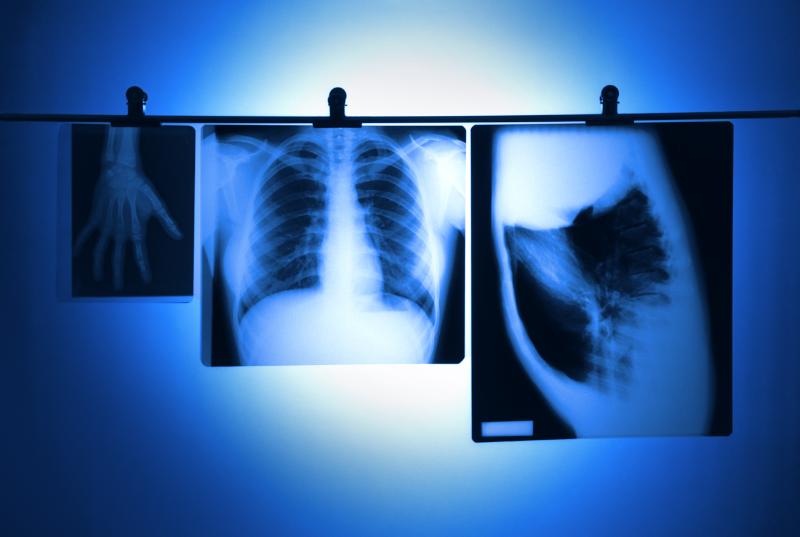
Impaired lung function modestly improves lung cancer prediction in nonsmokers, a recent study has found. In turn, asthma, obesity, air pollution and low birthweight are all associated with worse lung function.
Accessing the UK Biobank cohort, researchers identified 222,274 never-smokers who were eligible for the analysis. Majority (n=222,106; mean age, 55.6±8.1 years; 38.5 percent) remained healthy, while 168 (mean age, 60.7±6.5 years; 29.8 percent male) developed lung cancer. Volumetric measures of lung function, including forced expiratory volume in 1 second (FEV1) and forced vital capacity (FVC), were used for the determination of lung function impairment.
Never-smokers accounted for 13 percent of all lung cancers in the study population, with an incidence rate of 13.4 per 100,000 person-years. Those who developed the malignancy tended to have worse lung function, as determined by FEV1 <80 percent (p=0.018), FEV1/FVC <70 percent (p=0.008), or both (p=0.008).
Multivariable Poisson regression analysis found that having a history of asthma is significantly associated with impaired lung function, as defined by both FEV1 and FEV1/FCV criteria (incidence rate ratio [IRR], 5.17, 95 percent CI, 4.97–5.38). The same was true for ambient air pollution (IRR, 1.80, 1.49–2.17) and having low birthweight (IRR, 1.21, 1.10–1.33).
Fine & Gray competing risk regression models, adjusted for lung function, found that age, sex, family history of lung cancer and previous malignancies were all significant determinants of subsequent lung cancer risk. FEV1/FVC, on the other hand, was not.
“[W]e found limited improvement in predictive performance when incorporating lung function into the risk prediction model for lung cancer among never-smokers,” said researchers.